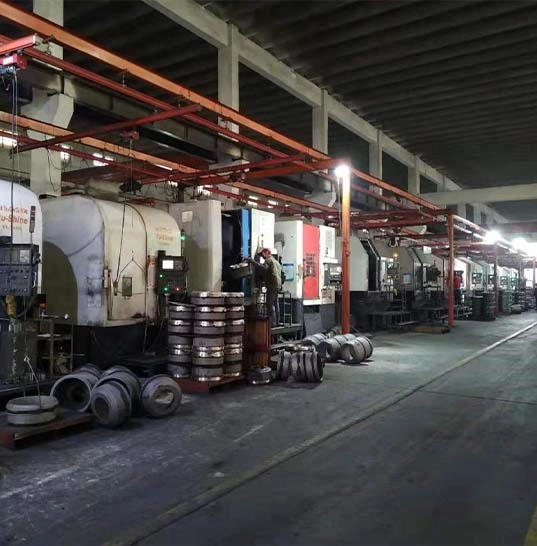
-
 Afrikaans
Afrikaans -
 Albanian
Albanian -
 Amharic
Amharic -
 Arabic
Arabic -
 Armenian
Armenian -
 Azerbaijani
Azerbaijani -
 Basque
Basque -
 Belarusian
Belarusian -
 Bengali
Bengali -
 Bosnian
Bosnian -
 Bulgarian
Bulgarian -
 Catalan
Catalan -
 Cebuano
Cebuano -
 Corsican
Corsican -
 Croatian
Croatian -
 Czech
Czech -
 Danish
Danish -
 Dutch
Dutch -
 English
English -
 Esperanto
Esperanto -
 Estonian
Estonian -
 Finnish
Finnish -
 French
French -
 Frisian
Frisian -
 Galician
Galician -
 Georgian
Georgian -
 German
German -
 Greek
Greek -
 Gujarati
Gujarati -
 Haitian Creole
Haitian Creole -
 hausa
hausa -
 hawaiian
hawaiian -
 Hebrew
Hebrew -
 Hindi
Hindi -
 Miao
Miao -
 Hungarian
Hungarian -
 Icelandic
Icelandic -
 igbo
igbo -
 Indonesian
Indonesian -
 irish
irish -
 Italian
Italian -
 Japanese
Japanese -
 Javanese
Javanese -
 Kannada
Kannada -
 kazakh
kazakh -
 Khmer
Khmer -
 Rwandese
Rwandese -
 Korean
Korean -
 Kurdish
Kurdish -
 Kyrgyz
Kyrgyz -
 Lao
Lao -
 Latin
Latin -
 Latvian
Latvian -
 Lithuanian
Lithuanian -
 Luxembourgish
Luxembourgish -
 Macedonian
Macedonian -
 Malgashi
Malgashi -
 Malay
Malay -
 Malayalam
Malayalam -
 Maltese
Maltese -
 Maori
Maori -
 Marathi
Marathi -
 Mongolian
Mongolian -
 Myanmar
Myanmar -
 Nepali
Nepali -
 Norwegian
Norwegian -
 Norwegian
Norwegian -
 Occitan
Occitan -
 Pashto
Pashto -
 Persian
Persian -
 Polish
Polish -
 Portuguese
Portuguese -
 Punjabi
Punjabi -
 Romanian
Romanian -
 Russian
Russian -
 Samoan
Samoan -
 Scottish Gaelic
Scottish Gaelic -
 Serbian
Serbian -
 Sesotho
Sesotho -
 Shona
Shona -
 Sindhi
Sindhi -
 Sinhala
Sinhala -
 Slovak
Slovak -
 Slovenian
Slovenian -
 Somali
Somali -
 Spanish
Spanish -
 Sundanese
Sundanese -
 Swahili
Swahili -
 Swedish
Swedish -
 Tagalog
Tagalog -
 Tajik
Tajik -
 Tamil
Tamil -
 Tatar
Tatar -
 Telugu
Telugu -
 Thai
Thai -
 Turkish
Turkish -
 Turkmen
Turkmen -
 Ukrainian
Ukrainian -
 Urdu
Urdu -
 Uighur
Uighur -
 Uzbek
Uzbek -
 Vietnamese
Vietnamese -
 Welsh
Welsh -
 Bantu
Bantu -
 Yiddish
Yiddish -
 Yoruba
Yoruba -
 Zulu
Zulu
brake drum percussion instrument
The Fascinating World of Brake Drum Percussion Instruments
In the diverse realm of percussion instruments, there exists an often-overlooked category that draws inspiration from everyday objects the brake drum. While many may associate brake drums primarily with automotive mechanics, these circular metal components have gained recognition within the music industry, particularly in the realms of experimental and industrial music.
Brake drums originate from vehicles, where they serve a crucial role in the braking system. They are designed to create friction, allowing the vehicle to slow down or stop when necessary. However, as musicians strive to push the boundaries of sound and explore unconventional timbres, brake drums have found a new life as unique percussion instruments. Their metallic bodies produce rich, resonant tones that captivate both performers and audiences alike.
One of the defining features of brake drums as percussion instruments is their versatility. When struck with mallets or hands, they yield a deep, thunderous sound that can serve as a powerful foundation in a musical arrangement. Musicians often employ various techniques, such as dampening, scraping, and bowing, to elicit a wide range of effects. This adaptability allows for incredible experimentation, making brake drums a favorite among avant-garde composers and improvisational artists.
The brake drum's relationship with rhythm is particularly intriguing. Its unique tonal qualities allow it to function as both a melodic and rhythmic instrument. By striking different areas of the drum, musicians can produce contrasting pitches, lending themselves to complex polyrhythmic structures. Additionally, the way the sound decays can be exploited to create intricate rhythms that capture the listener's attention. This interplay between rhythm and melody is a hallmark of many modern percussion ensembles that utilize brake drums in their performances.
brake drum percussion instrument

Furthermore, the aesthetic appeal of brake drum percussion instruments cannot be overlooked. Many artists take pride in the physical appearance of these instruments, often modifying them to create distinctive designs. Custom paint jobs, alterations in size, and the addition of other materials can transform a standard brake drum into a visually stunning piece of art. This aspect resonates with the current trend of sustainability in music, where repurposing materials is celebrated not only for its environmental impact but also for its artistic value.
In addition to their musical applications, brake drums have also become a staple in sound design for film and theater. Their unique sound can evoke a range of emotions, from tension and suspense to the raw power of a climactic moment. Sound designers often exploit brake drums to enhance atmospheric elements, adding depth and realism to the auditory experience of a scene. This cross-disciplinary exploration highlights the brake drum’s importance not just in music, but in storytelling and artistic expression as a whole.
As the landscape of music continues to evolve, the integration of unconventional instruments such as the brake drum shines a light on the limitless possibilities of sound exploration. Musicians are encouraged to break free from traditional confines, embracing the idea that inspiration can be drawn from unexpected sources. This notion fosters innovation and creative discovery, inviting the next generation of artists to experiment with what lies beyond the conventional.
In conclusion, the brake drum percussion instrument represents a fascinating intersection of utility and artistry. Its rich, resonant tones and versatile applications compel musicians and sound designers to embrace it as a legitimate and essential tool in their creative arsenals. As we look to the future of music, the brake drum serves as a reminder that sometimes the most extraordinary sounds can emerge from the most ordinary objects. The world of percussion is vast, and the brake drum is just one example of how innovation can breathe new life into the instruments of our everyday lives.
-
What Are Drum BrakesNewsJul.07,2025
-
Understanding Brake Drum MaterialNewsJul.07,2025
-
Semi-Trailer Brake Drum: A Key Component for Extreme Loads and Long-Distance TransportNewsJul.07,2025
-
Drum Brake Pads for SaleNewsJul.07,2025
-
Brake Drums for SaleNewsJul.07,2025
-
Brake Drum ManufacturerNewsJul.07,2025
-
Aluminum Brake Drums: The Future of High-Performance CarsNewsJul.07,2025
